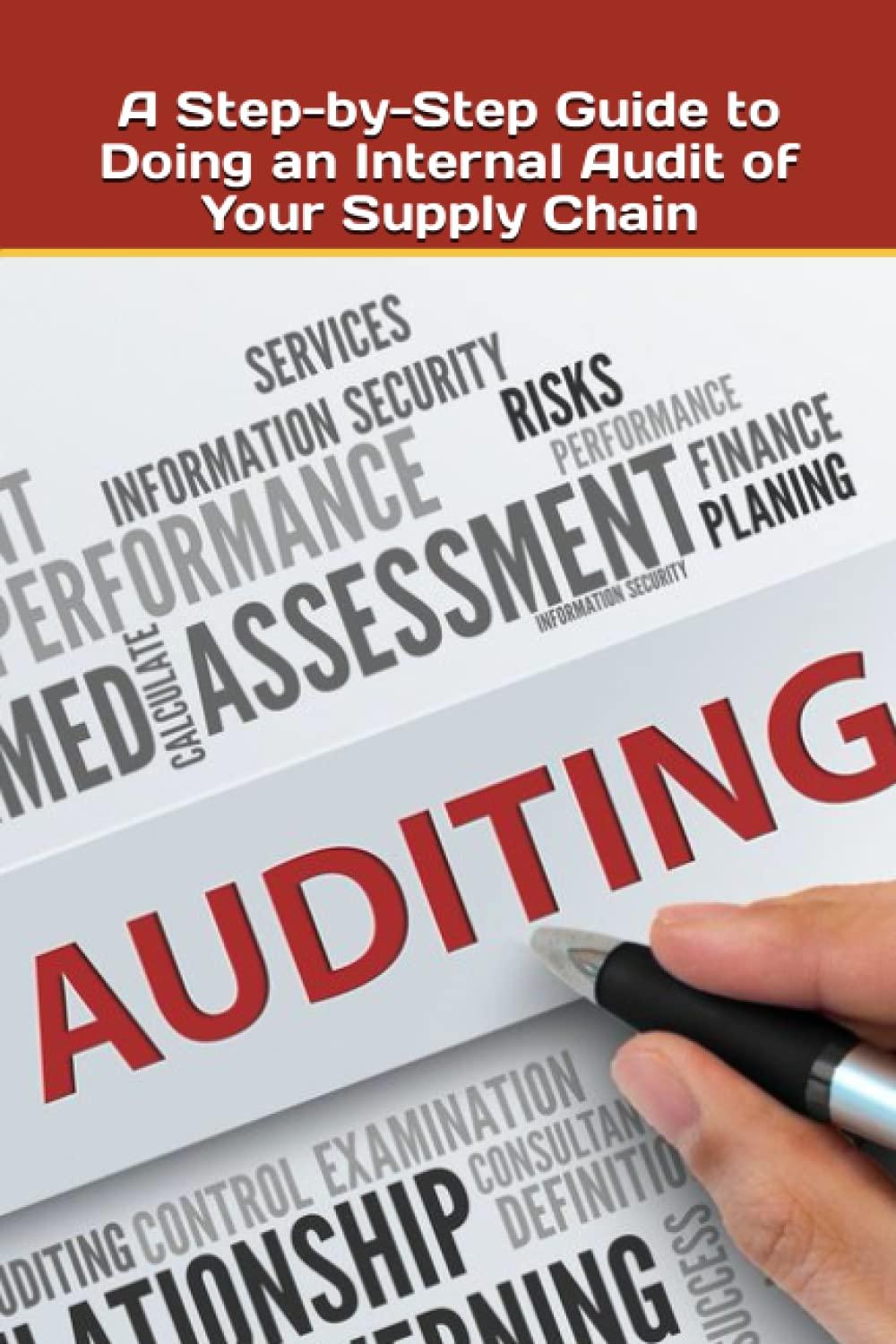Question
13. At the end of the first year of operations, the total cost of the trading securities portfolio is $245,000. Total fair value is $250,000.
13. At the end of the first year of operations, the total cost of the trading securities portfolio is $245,000. Total fair value is $250,000. The financial statements should show
A. an addition to an asset of $5,000 in the current assets section and a realized gain of $5,000 in "Other revenues and gains."
B. an addition to an asset of $5,000 and an unrealized gain of $5,000 in the stockholders' equity section.
C. an addition to an asset of $5,000 in the current assets section and an unrealized gain of $5,000 in "Other revenues and gains."
D. an addition to an asset of $5,000 and a realized gain of $5,000.
14. Comanic Corp. has common stock of $5,400,000, retained earnings of $2,000,000, unrealized gains on trading securities of $100,000 and unrealized losses on available-for-sale securities of $200,000. What is the total amount of its stockholders' equity?
A. $7,400,000
B. $7,200,000
C. $7,500,000
D. $7,300,000
17. Stockholders of a company may be reluctant to finance expansion through issuing more equity because
A. their earnings per share may decrease.
B. the price of the stock will automatically decrease.
C. dividends must be paid on a periodic basis.
D. leveraging with debt is always a better idea.
18. Which of the following is not an advantage of issuing bonds instead of common stock?
A. Income to common shareholders may increase.
B. Tax savings result.
C. Stockholder control is not affected.
D. Earnings per share on common stock may be lower.
19. A major disadvantage resulting from the use of bonds is that
A. earnings per share may be lowered.
B. bondholders have voting rights.
C. interest must be paid on a periodic basis.
D. taxes may increase.
21. If the market interest rate is 5%, a $10,000, 6%, 10-year bond, that pays interest semiannually would sell at an amount
A. less than face value.
B. equal to face value.
C. greater than face value.
D. that cannot be determined.
23. If bonds are issued at a discount, it means that thE
A. bondholder will receive effectively less interest than the contractual interest rate.
B. market interest rate is higher than the contractual interest rate.
C. market interest rate is lower than the contractual interest rate.
D. financial strength of the issuer is suspect.
24. In the balance sheet, the account, Premium on Bonds Payable, is
A. deducted from bonds payable.
B. classified as a revenue account.
C. added to bonds payable.
D. classified as a stockholders' equity account.
25. Bond interest paid is
A. higher when bonds sell at a discount and lower when bonds sell at a premium.
B. the same whether bonds sell at a discount or a premium.
C. higher when bonds sell at a discount.
D.lower when bonds sell at a premium.
27. Lowe Company has $1,500,000 of bonds outstanding. The unamortized premium is $19,600. If the company redeemed the bonds at 101, what would be the gain or loss on the redemption?
A. $15,000 loss
B. $4,600 loss
C. $15,000 gain
D. $4,600 gain
28. Robin Corporation retires its $800,000 face value bonds at 104 on January 1, following the payment of annual interest. The carrying value of the bonds at the redemption date is $829,960. The entry to record the redemption will include a
A. debit of $2,040 to Loss on Bond Redemption.
B. credit of $32,040 to Premium on Bonds Payable.
C. credit of $2,040 to Loss on Bond Redemption.
D. debit of $32,000 to Premium on Bonds Payable.
29. If there is a loss on bonds redeemed early, the
A. loss is debited directly to Retained Earnings.
B. loss is debited to Interest Expense, as a cost of financing.
C. bonds' carrying value was less than the redemption price.
D. bonds' carrying value was greater than the redemption price.
30. Over the term of the bonds, the balance in the Discount on Bonds Payable account will
A. fluctuate up and down if the market is volatile.
B. increase.
C. decrease.
D. be unaffected until the bonds mature.
Step by Step Solution
There are 3 Steps involved in it
Step: 1

Get Instant Access to Expert-Tailored Solutions
See step-by-step solutions with expert insights and AI powered tools for academic success
Step: 2

Step: 3

Ace Your Homework with AI
Get the answers you need in no time with our AI-driven, step-by-step assistance
Get Started


